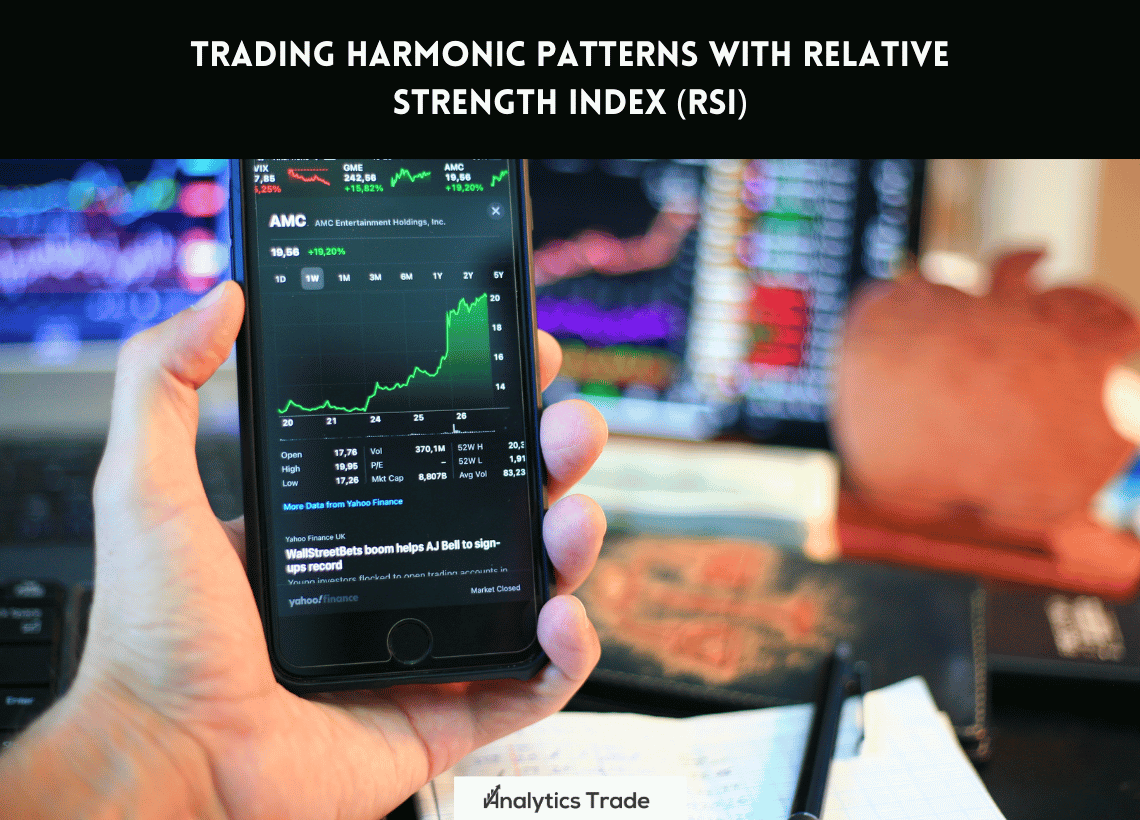What is the Relative Strength Index (RSI)?
The Relative Strength Index (RSI) is a technical indicator used to measure the strength of a trend. It is calculated by taking the average of the closing prices of a security over a given period of time and then dividing it by the average of the absolute values of the changes in the closing prices over the same period. The RSI is typically used to identify overbought and oversold conditions in the market.
How to Use the RSI to Identify Harmonic Patterns
Harmonic patterns are a type of chart pattern used to identify potential reversals in the market. They are based on Fibonacci retracement levels and are used to identify potential support and resistance levels. The RSI can be used to identify harmonic patterns in the market by looking for divergences between the RSI and the price action.When the RSI is diverging from the price action, it can be an indication that a reversal is imminent. For example, if the price is making higher highs but the RSI is making lower highs, this could be an indication that the trend is about to reverse. Similarly, if the price is making lower lows but the RSI is making higher lows, this could be an indication that the trend is about to reverse.
Trading Harmonic Patterns with the RSI
Once a harmonic pattern has been identified, traders can use the RSI to confirm the pattern and enter a trade. For example, if the price is making higher highs but the RSI is making lower highs, traders can enter a short trade when the RSI breaks below its previous low. Similarly, if the price is making lower lows but the RSI is making higher lows, traders can enter a long trade when the RSI breaks above its previous high.
RSI Settings
When trading harmonic patterns with the RSI, it is important to use the correct settings. The most commonly used settings are a 14-period RSI with a 30-70 range. This means that if the RSI is above 70, it is considered overbought and if it is below 30, it is considered oversold.
Risk Management
It is important to use proper risk management when trading harmonic patterns with the RSI. Traders should always use a stop loss to protect their capital and should never risk more than 2% of their account on any single trade.
Conclusion
The Relative Strength Index (RSI) is a powerful tool for identifying harmonic patterns in the forex market. By looking for divergences between the RSI and the price action, traders can identify potential reversals in the market. However, it is important to use the correct settings and proper risk management when trading harmonic patterns with the RSI.
Personal Opinion
I believe that the Relative Strength Index (RSI) is a great tool for identifying potential reversals in the market. It is important to use the correct settings and to practice proper risk management when trading harmonic patterns with the RSI. With the right strategy and risk management, traders can increase their chances of success in the forex market.






Comments